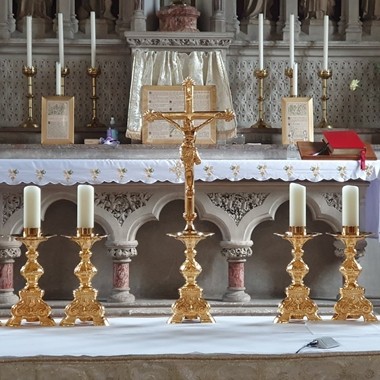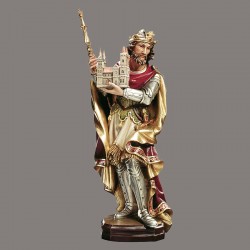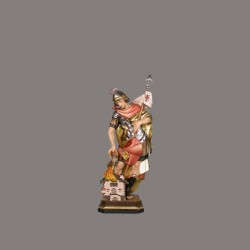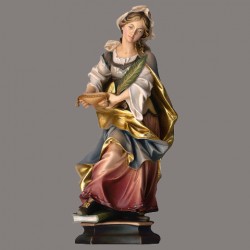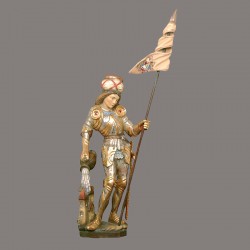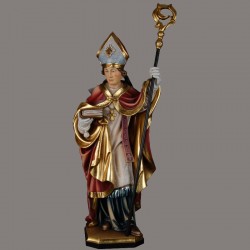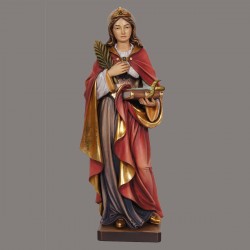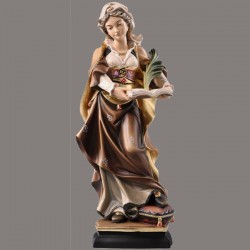
Due to the size of this item, delivery outside of the UK mainland will be calculated once we receive your order. This is to ensure that we get the item to you as soon as we can at the best price possible.
To discuss any additional delivery costs prior to placing your order, please contact our customer service team. *Note that delivery costs calculated prior to your order being placed may be subject to change, due to fluctuating shipping costs.
St. Henry, son of Henry, Duke of Bavaria, and of Gisella, daughter of Conrad, King of Burgundy, was born in 972. He received an excellent education under the care of St. Wolfgang, Bishop of Ratisbon. In 995, St. Henry succeeded his father as Duke of Bavaria, and in 1002, upon the death of his cousin, Otho III, he was elected emperor. Firmly anchored upon the great eternal truths, which the practice of meditation kept alive in his heart, he was not elated by this dignity and sought in all things, the greater glory of God. He was most watchful over the welfare of the Church and exerted his zeal for the maintenance of ecclesiastical discipline through the instrumentality of the Bishops. He gained several victories over his enemies, both at home and abroad, but he used these with great moderation and clemency. In 1014, he went to Rome and received the imperial crown at the hands of Pope Benedict VIII.
The rule of Henry II has been characterized as a period of centralized authority throughout the Holy Roman Empire. He consolidated his power by cultivating personal and political ties with the Catholic Church. He greatly expanded the Ottonian dynasty's custom of employing clerics as counter-weights against secular nobles. Through donations to the Church and the establishment of new dioceses, Henry strengthened imperial rule across the Empire and increased control over ecclesiastical affairs. He stressed service to the Church and promoted monastic reform. For his remarkable personal piety and enthusiastic promotion of the Church, he was canonized by Pope Eugene III in 1146. He is the only medieval German monarch to ever have been honoured a saint. Henry II's wife was the equally pious Empress Cunigunde, who was canonized in 1200 by Pope Innocent III. As the union produced no children, the German nobles elected Conrad II, a great-great-grandson of Emperor Otto I, to succeed him after his death in 1024. Conrad was the first of the Salian dynasty of emperors.












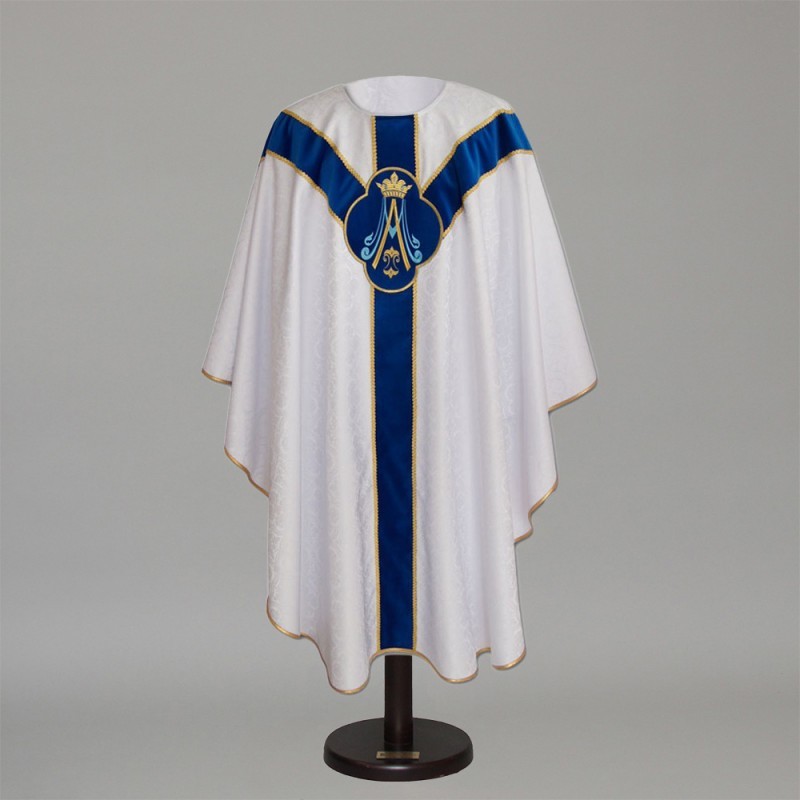


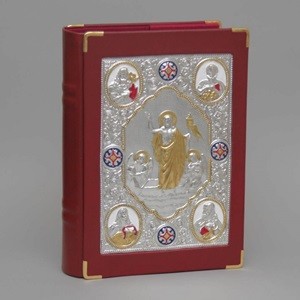
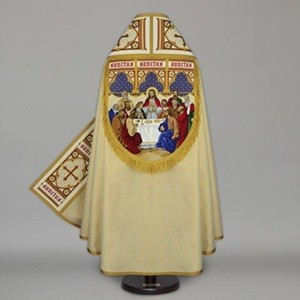


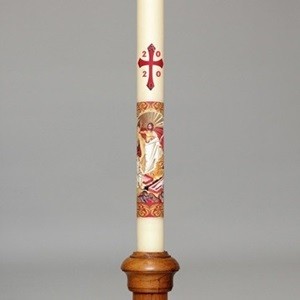
.jpg)



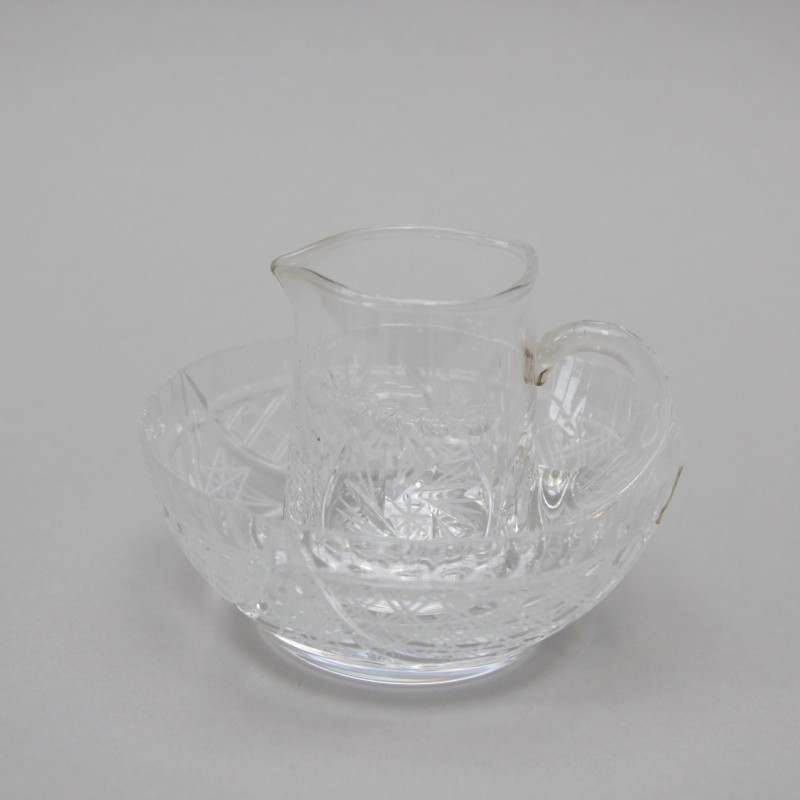
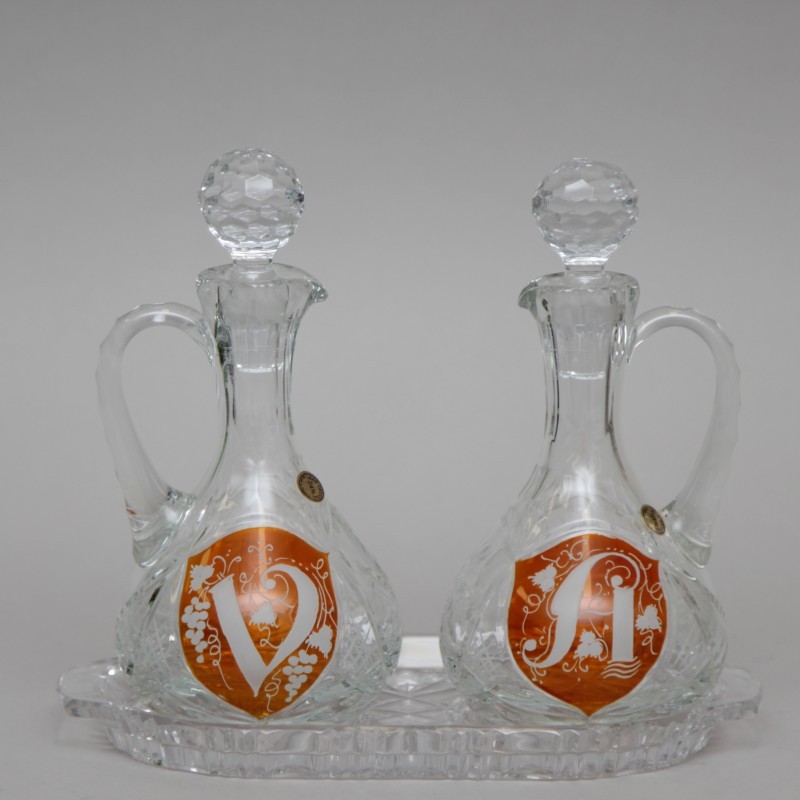
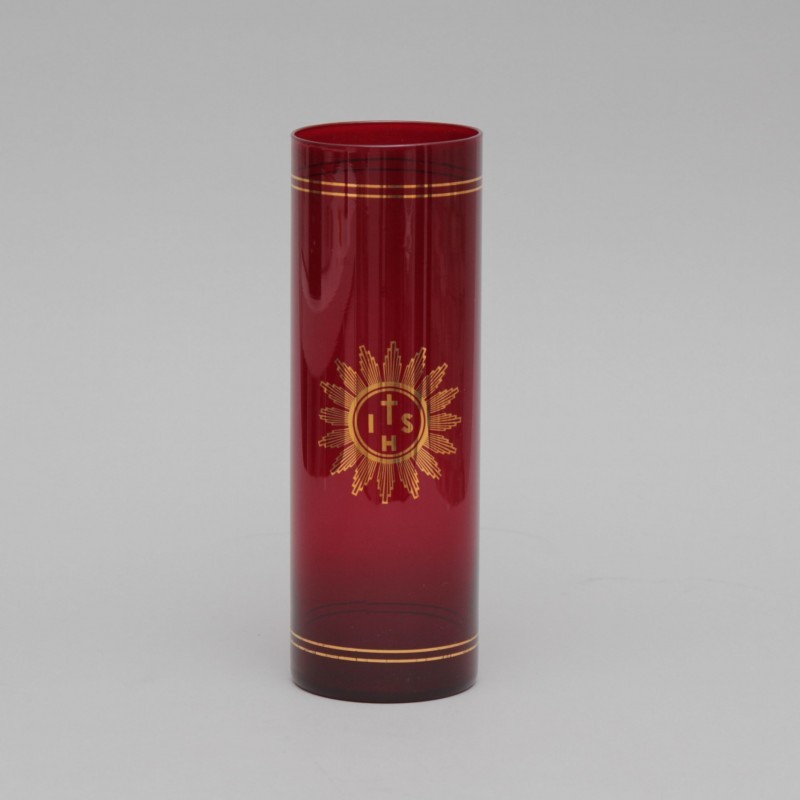


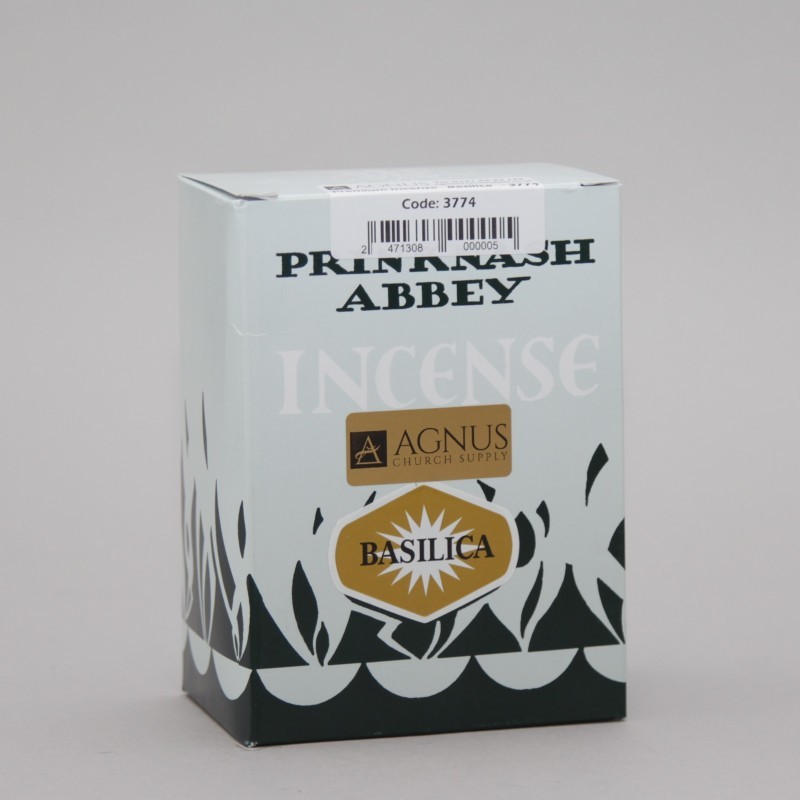
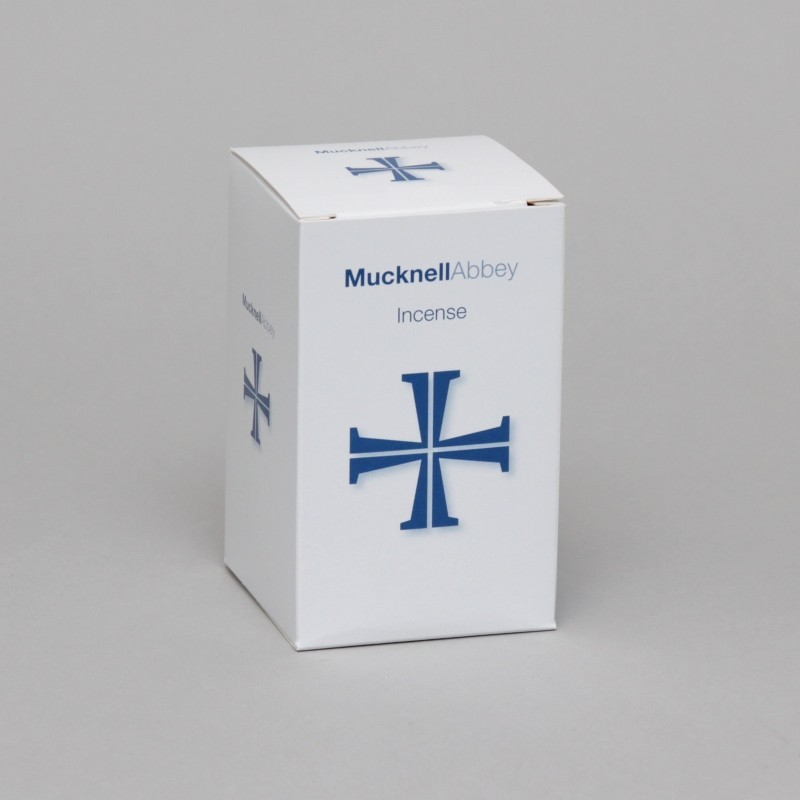
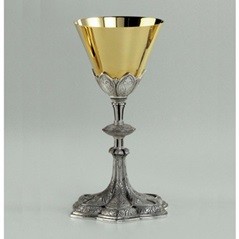

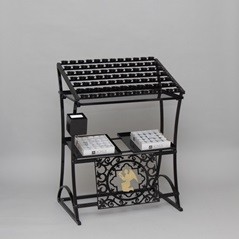
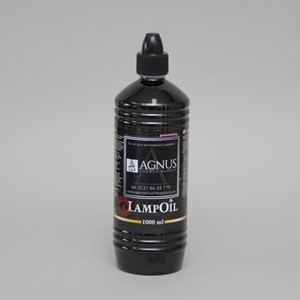














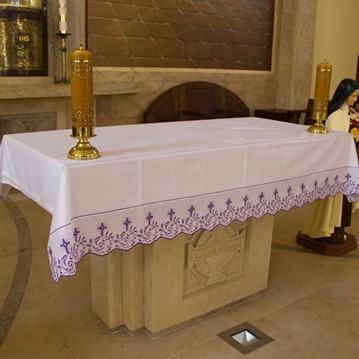

.jpg)
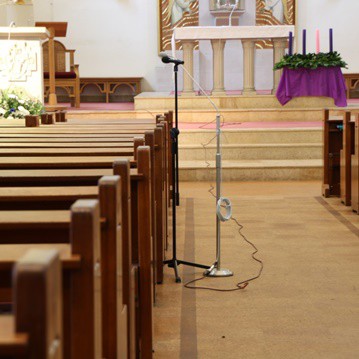







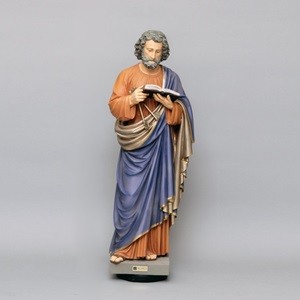


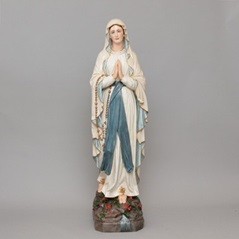





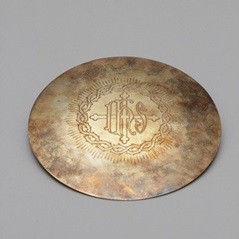





















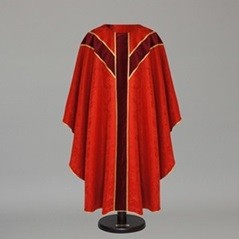









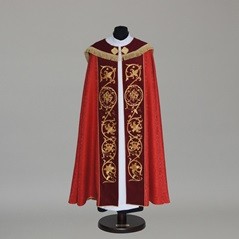

.jpg)
.jpg)
.jpg)

.jpg)
.jpg)

